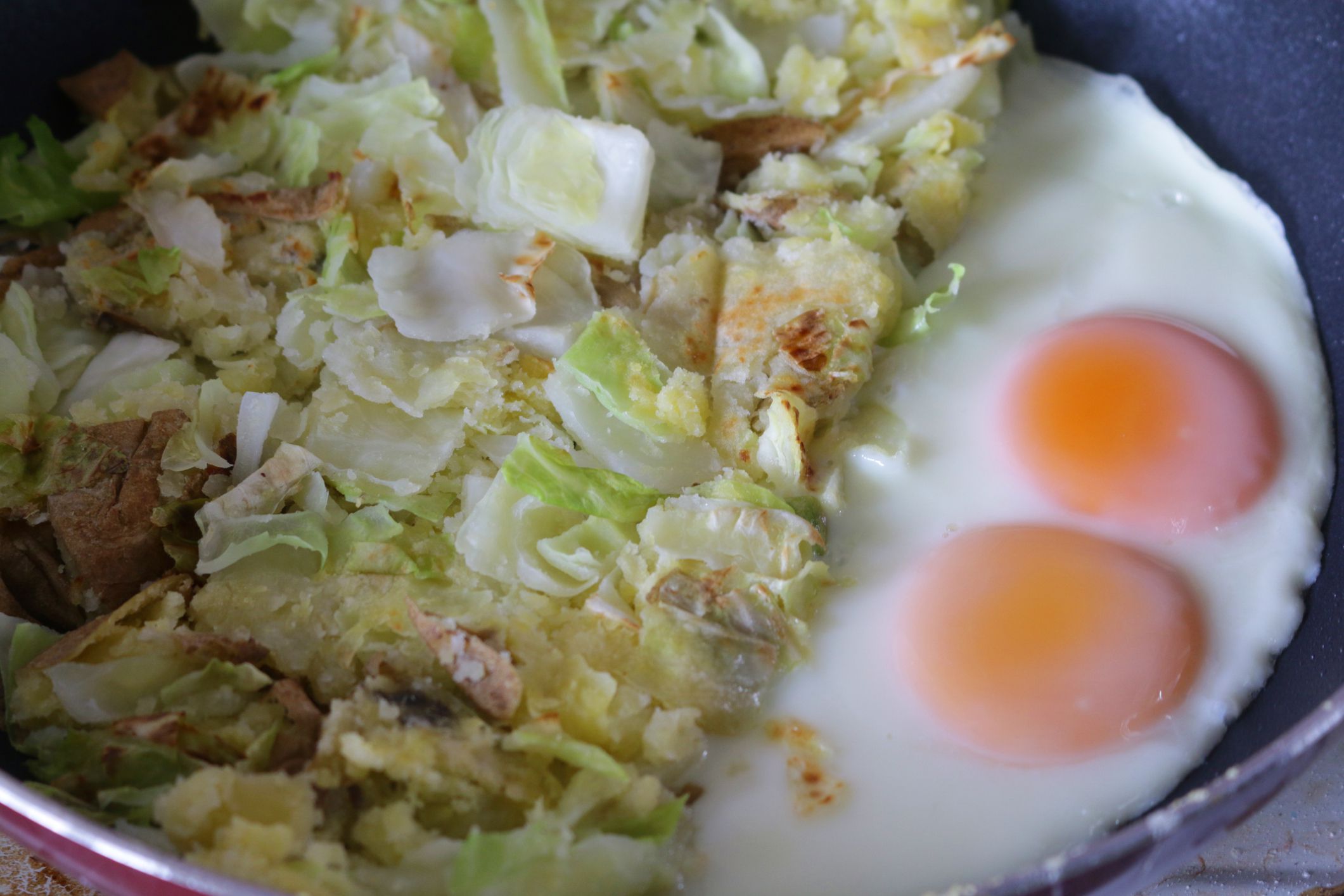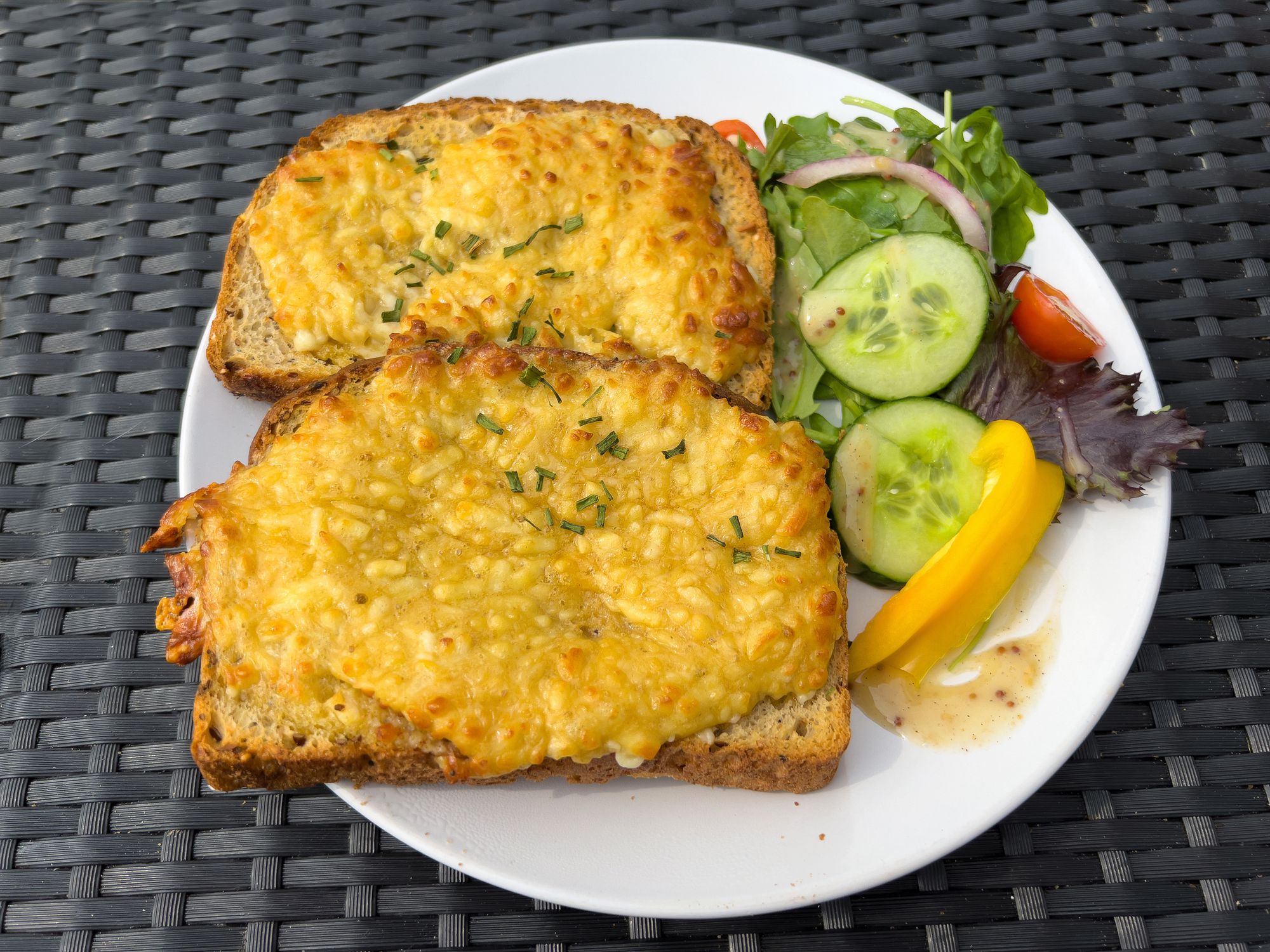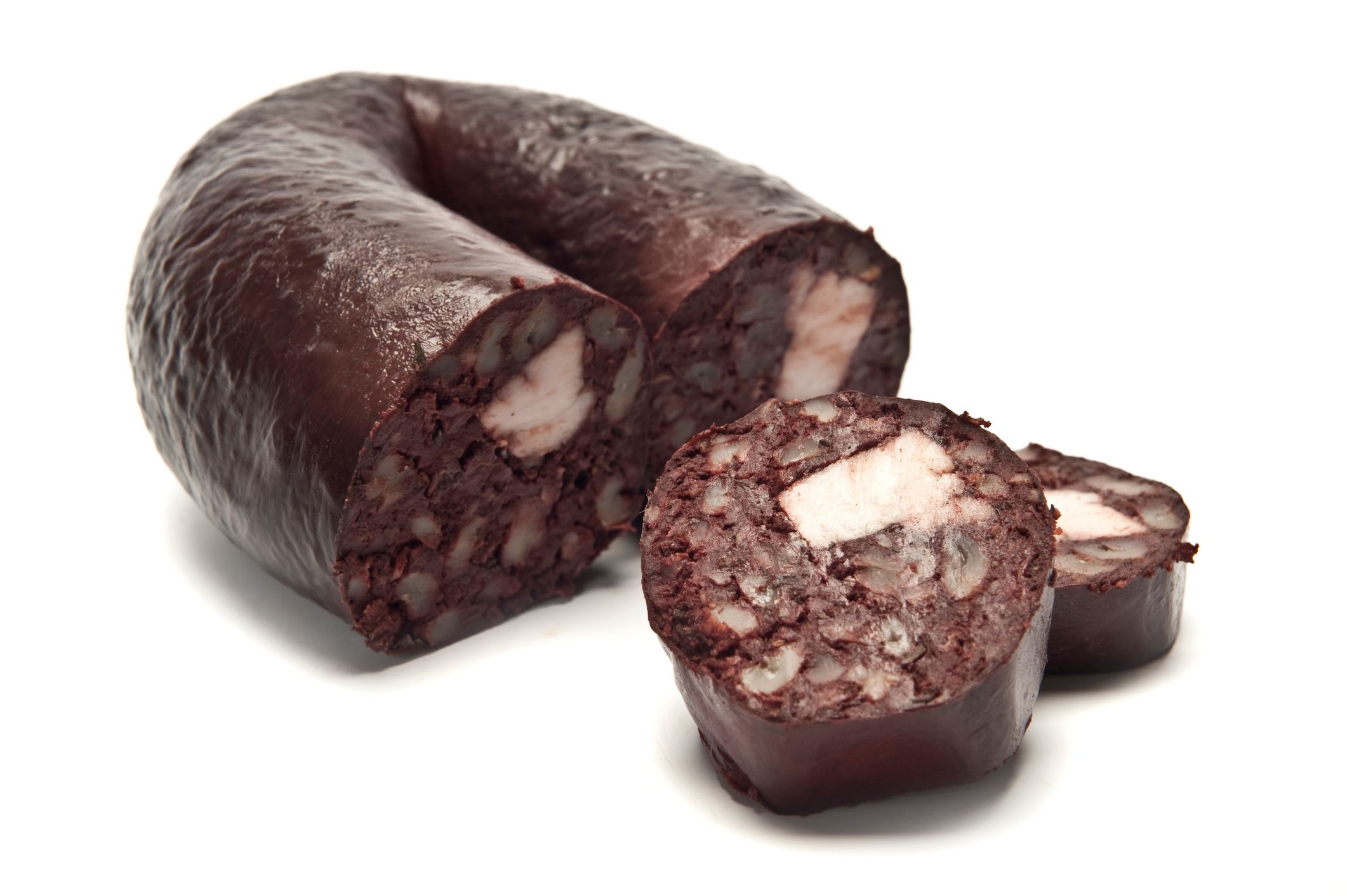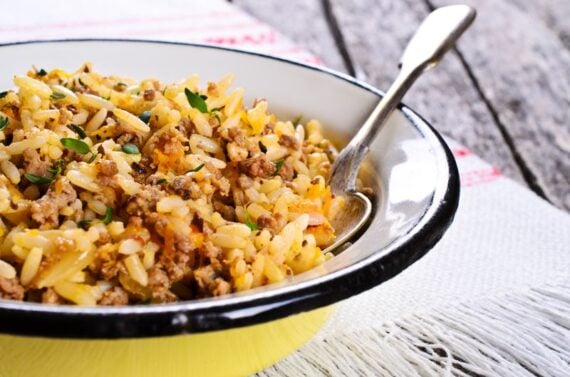Perhaps the most surprising thing for most Americans about many traditional British foods is not the ingredients but their creative names. Whoever was tasked with naming some of the U.K.’s most beloved dishes certainly had a penchant for sly creativity and that signature British wit. So while many Americans may not know the names of these foods (apart from those who watch BBC shows or have traveled to the U.K.), most of what they are made of is familiar territory.
Of course, things take a darker, more unfamiliar turn with the notorious “black pudding.” While not technically banned in the United States, black pudding is illegal to import into the U.S. (along with any other food that contains organ meats). You might call that just a bit of an unsettling grey area.
Outside of black pudding though, which may not be for everyone, some of these popular British dishes sound utterly delightful and reflect truly brilliant culinary inspiration. You might find yourself running to the grocery store to stock up on the necessary ingredients to try making a “Toad in the Hole.” Trust us, it’s not as sinister as it sounds.
Scotch Egg

Don’t be misled. Scotch eggs are, in fact, not Scottish. There are a variety of conflicting theories about the origin of this tasty dish, but none of them start in Scotland. Some say it dates back to 1738 at a London department store known as Fortnum & Mason, while others claim it was created by William J. Scott and Sons in the town of Whitby in Yorkshire, England. While others suggest it traveled from North Africa or India.
Scotch eggs are hard-cooked eggs that have been bundled up in sausage meat, then coated in breadcrumbs or cornflakes, and lastly deep-fried. You can enjoy them as a full meal or snack.
Recipe: The Kitchn
Related: 16 Classic Irish Recipes That Are Delicious All Year Long
Eton Mess

The first mention of this dish traces back to what must’ve been a wild garden party in 1896. It comes as no surprise that it’s thrived as a go-to dessert in the U.K. since then.
Recipe: BBC Good Food
Related: Old-Fashioned Desserts We Secretly Still Love
Toad in the Hole

The name might yet be inspired by how toads will wait in holes for their prey, with only their heads left visible. This kind of aligns with how you can only see the sausages just above the batter in the dish when it’s made properly. As a final note, the American take on the British “Toad in the Hole” dish is remarkably different.
Recipe: The Daring Gourmet
For more fun food stories, sign up for our free newsletters.
Bubble and Squeak

When will the silly name-giving end? Hopefully never. Bubble and Squeak is named for the sound this dish has a tendency to make whenever it cooks. Rest easy that the name is not inspired by the dish’s ingredients, which include, potatoes, cabbage, and leftover veggies.
Recipe: The Spruce Eats
Related: 27 Tasty Ways to Cook Potatoes
Welsh Rarebit (Or Rabbit)

This sounds like just the kind of savory, gut-warming dish you’d feast on after a long day of navigating a harshly cold and unforgiving wintery terrain. But surprise, it’s meatless, and it’s pretty much cheese on toast. I’m not saying there’s anything wrong with that, but I’m just wondering where the name came from.
The origin of the name (and the dish itself) is another mystery. Toast covered in cheese has long been a popular dish in Wales (and elsewhere around the world) dating back to at least the 16th century. But the first appearance of the term “Welsh rabbit” dates back to 1725, and some say it was a meaty name for a meatless dish that peasants could afford. Eventually “rabbit” evolved into “rarebit” and the dish continues to be popular throughout the U.K. The dish also includes Worcestershire Sauce, ground mustard, and paprika for added layers of flavoring.
Recipe: The Cheese Professor
Related: 19 Ways to Make an Ordinary Grilled Cheese Extraordinary
Trending on Cheapism
Black Pudding

The significant portion of cereal paired with the use of certain herbs like pennyroyal, works to separate this black pudding from blood sausages that are eaten in other parts of the world. Lastly, much like haggis, the Stornoway Black Pudding contains sheep’s lungs. It’s this very fact that makes the ingredient illegal to import back into the United States.
Recipe: River Cottage
Related: Iconic Foods to Try From 40 Countries Around the World






